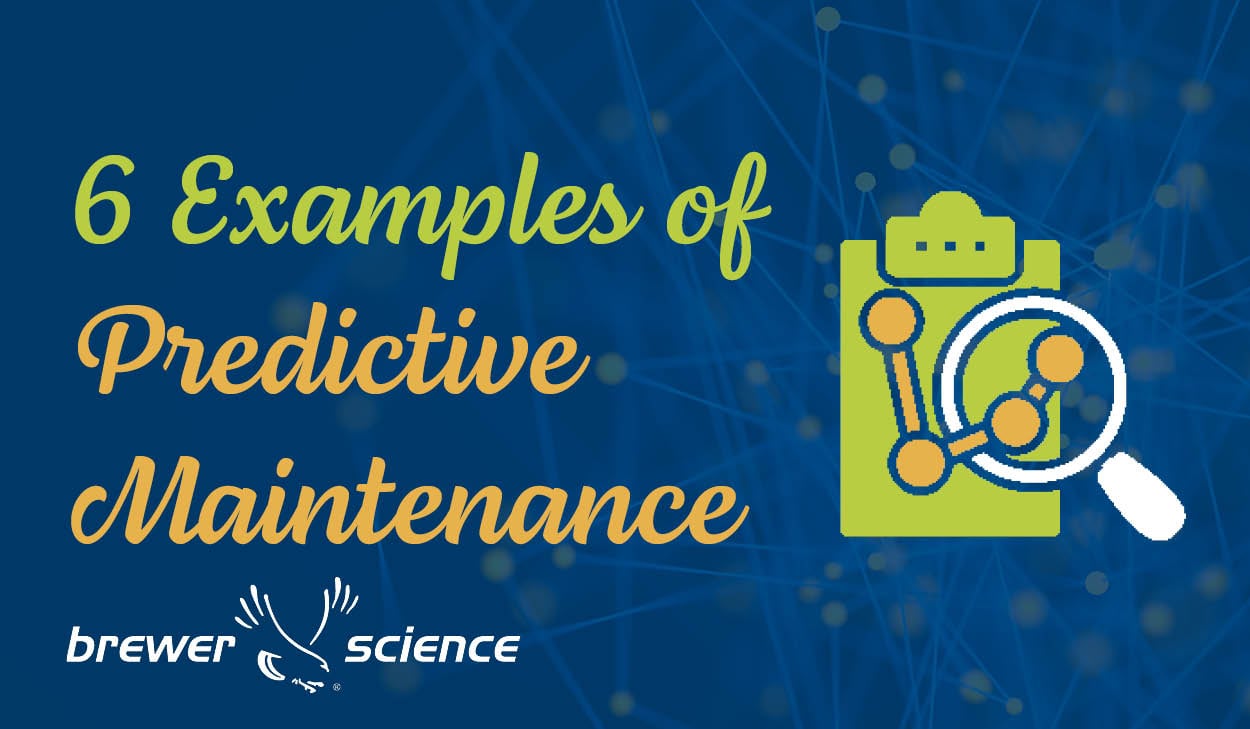The agriculture industry is essential in providing food for large populations. The global population will reach 9.6 billion by 2050 and, as demands on yield and production continue to increase, farmers continue to rely on fertilizers to ensure crop growth.
A problem arises, however, when unused fertilizer seeps into the ground and surface water, where it is carried downstream to other bodies of water, leading to problems like increased algae growth. Algae consume the fertilizer and deplete available oxygen in water, thereby choking off the supply of oxygen to aquatic plants and animals, creating regions where aquatic flora and fauna cannot live.
To minimize impact on the environment and still maintain high crop yields, farms should look to “smart farming.” Smart farming is a capital-intensive and hi-tech system of growing clean and sustainable food for the masses. The objective of smart farming is to increase the efficiency and sustainability of agriculture while also providing high-quality products.
By monitoring instantaneous data in both surface and ground water systems, smart agriculture technologies provide insights into overfertilization, information on nutrients in the soil, and alerts to possible contamination. Farmers can then use the information collected to control dispersion of excess chemicals into waterways, helping protect wildlife and improving water processing for consumption.
Having an affordable tool that allows for multiple deployments and connectivity to a larger system will give vital information, provide predictive insights into farming operations and drive real-time operational decisions.
Here are a few “smart farming” technologies that provide data to help farmers and others make more educated decisions and positively impact the agriculture industry and environment as a whole.
1. Sensors
Sensors provide numerous capabilities depending on what application they’re needed for in farming. They can help predict if certain crops need to be watered more frequently, if a certain acre of soil may be contaminated or if a water source may have pollutants.
2. Well tools
Well tools are electronics that gather data at different points in the well to show how the water properties change. Data can be stored locally and communicated wirelessly to a host service where analytics can help determine whether or not a new course of action is needed.
3. Well arrays
Well arrays are multiple tools that can be deployed throughout a community using existing infrastructure like decommissioned wells. This helps fill in data gaps between working wells to narrow down sources of nutrient ingress into the water supply.
4. Agricultural Drones
Drones are being incorporated to enhance crop health assessments and monitoring, spraying, planting and soil and field analysis. Using drones saves farmers a considerable amount of time and increases the opportunity to obtain higher crop yields.
Smart farming applications make meaningful data collection possible so that farmers can increase the sustainability in their crops and other products, while also minimizing the impact on the larger environment.





Subscribe to Our Blog